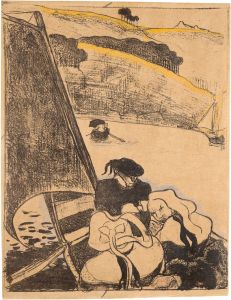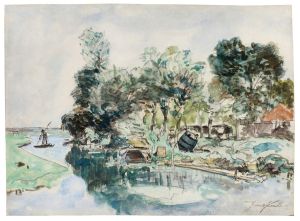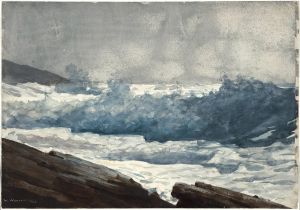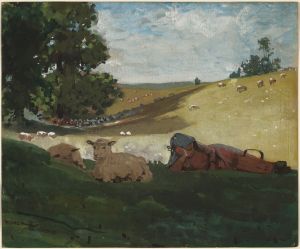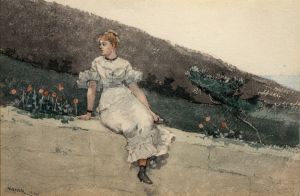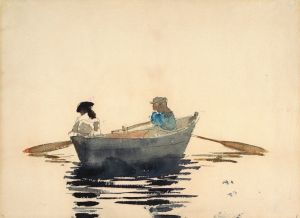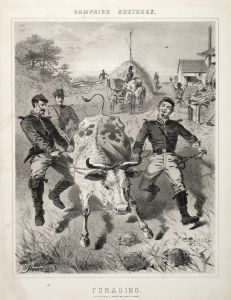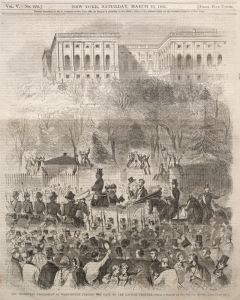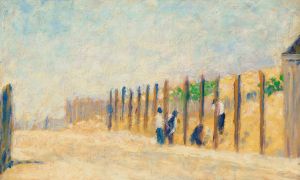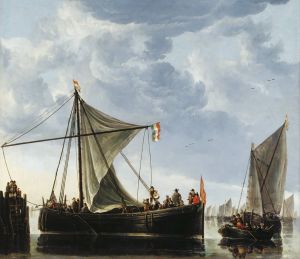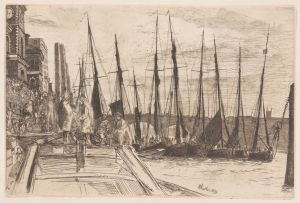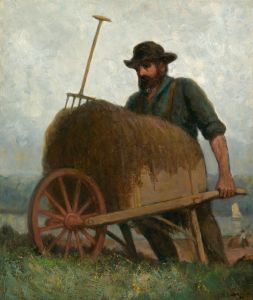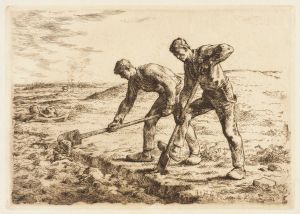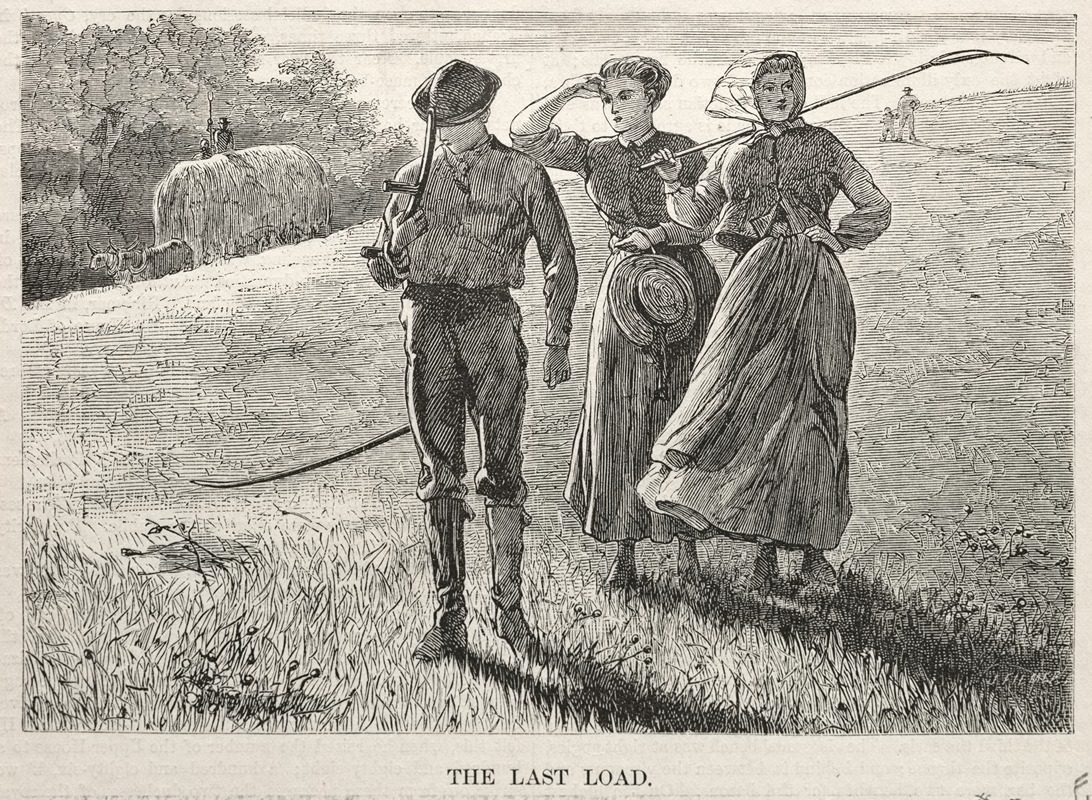
The Last Load
A hand-painted replica of Winslow Homer’s masterpiece The Last Load, meticulously crafted by professional artists to capture the true essence of the original. Each piece is created with museum-quality canvas and rare mineral pigments, carefully painted by experienced artists with delicate brushstrokes and rich, layered colors to perfectly recreate the texture of the original artwork. Unlike machine-printed reproductions, this hand-painted version brings the painting to life, infused with the artist’s emotions and skill in every stroke. Whether for personal collection or home decoration, it instantly elevates the artistic atmosphere of any space.
Winslow Homer, an influential American artist known for his landscape and marine subjects, painted "The Last Load" in 1873. This work is a testament to Homer's skill in capturing the essence of rural American life during the 19th century. Homer, who began his career as a commercial illustrator, transitioned to painting and became renowned for his realistic depictions of everyday scenes and the natural world.
"The Last Load" is an oil painting that reflects Homer's interest in the themes of labor and the changing American landscape. The painting portrays a rural scene, likely set in New England, where Homer spent a significant amount of time. The composition features a group of workers engaged in the task of loading hay onto a cart, a common agricultural activity of the time. This scene is emblematic of the agrarian lifestyle that was prevalent in America before the rapid industrialization of the late 19th century.
Homer's use of color and light in "The Last Load" is noteworthy. He employs a naturalistic palette that captures the warm hues of the setting sun, casting long shadows across the field. This use of light not only enhances the realism of the scene but also imbues it with a sense of tranquility and completion, as the day's labor draws to a close. The figures in the painting are depicted with a sense of movement and purpose, highlighting Homer's ability to convey the physicality of work and the human connection to the land.
The painting is also significant for its composition. Homer places the viewer at a vantage point that allows for an expansive view of the landscape, emphasizing the vastness of the rural environment. The horizon line is set low, drawing attention to the sky and the interplay of light and clouds, a technique that Homer often used to create atmospheric depth in his works.
"The Last Load" is part of a broader body of work by Homer that explores themes of rural life, labor, and the relationship between humans and nature. His paintings from this period often reflect a sense of nostalgia for a way of life that was beginning to change with the advent of industrialization. Homer's ability to capture the subtleties of light, atmosphere, and human activity has made his work enduringly popular and influential.
Today, Winslow Homer is celebrated as one of America's foremost painters, and his works are held in high regard in numerous art institutions. "The Last Load" exemplifies his mastery of the medium and his keen observation of the world around him. Through this painting, Homer offers a glimpse into the past, preserving a moment in time that speaks to the enduring connection between people and the land they inhabit.





